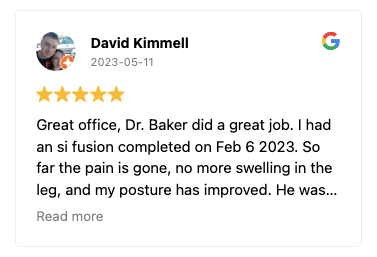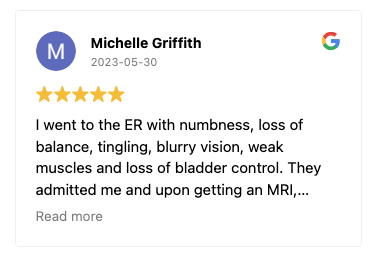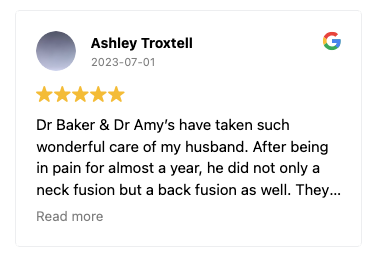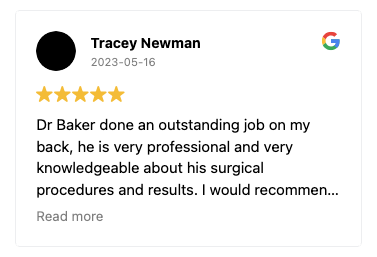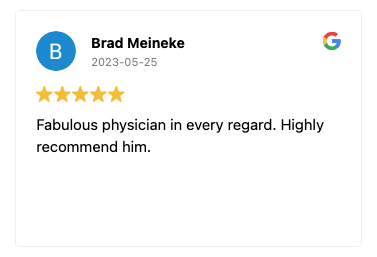The Promise of Regenerative Medicine Therapies
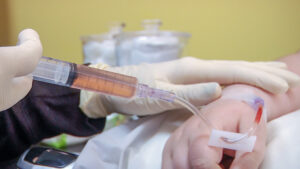
In the realm of modern healthcare, regenerative medicine stands as a beacon of hope, offering innovative solutions for patients worldwide.
This groundbreaking field, which encompasses the use of stem cells, tissue engineering, and medical devices, aims to revolutionize the way we approach injury recovery, disease treatment, and rehabilitation.
Regenerative medicine's core principle lies in harnessing the body's innate healing response, steering it towards the regeneration of damaged tissues and organs.
By leveraging stem cell therapy and tissue engineering, scientists and clinicians in regenerative medicine are working tirelessly to create therapies that can restore lost tissues, repair damaged heart tissue, and even grow artificial organs for transplantation.
Regenerative medicine not only opens up new avenues for treating chronic diseases but also promises to significantly reduce the reliance on donor organs.
Stem cell treatments, utilizing both adult stem cells and cord blood, have shown promise in treating a broad range of conditions, from heart disease to liver and cartilage damage.
Meanwhile, the clinical application of growth factors and transcription factors aims to promote healing and repair mechanisms at the cellular level, offering a more natural alternative to traditional surgical interventions.
As regenerative medicine research progresses, the goal remains clear: to develop therapies that can truly regenerate tissues, offering better treatments and faster recovery times for patients. Aesthetics and beauty are one area where this is already becoming a reality, with treatments such as PRP therapy for Hair seeing incredible results.
With over 100+ clinical trials underway and a growing body of research supporting its potential, regenerative medicine stands on the cusp of transforming clinical practice, making the promise of healing and restoration a tangible reality for millions.
What is Regenerative Medicine?
Regenerative medicine represents a transformative approach to healing and recovery, setting a new paradigm in medical treatment.
This rapidly evolving field focuses on repairing, replacing, regenerating, and improving the function of damaged tissues and organs in the body.
Regenerative medicine encompasses a wide array of techniques, including stem cell therapy, tissue engineering, and the use of medical devices and artificial organs, aiming to restore the normal function of diseased or injured tissues.
Stem Cell Therapy: The Cornerstone of Regenerative Medicine
Stem cell therapy is a cornerstone of regenerative medicine, offering unprecedented opportunities for treating various diseases.
Stem cells, the body's raw materials, have the unique ability to develop into many different cell types, from muscle cells to brain cells.
They serve as a repair system for the body, with the potential to regenerate damaged tissues and organs.
Two main types of stem cells are utilized in treatments: embryonic stem cells and adult stem cells, including those derived from bone marrow or cord blood.
How Stem Cells Can Help Treatments
Stem cell treatments work by either replacing damaged cells with healthy ones or stimulating the body's own repair mechanisms to heal tissues.
In heart disease, for instance, stem cell therapy aims to regenerate damaged heart tissue, promoting healing and improving heart function.
Similarly, in the case of chronic diseases like diabetes, stem cells could potentially replace damaged pancreatic cells, restoring insulin production.
Tissue Engineering: Building Solutions from Scratch
Tissue engineering, another pivotal aspect of regenerative medicine, involves creating living, functional tissues to repair or replace tissue or organ function lost due to age, disease, damage, or congenital defects.
This field combines scaffolds, cells, and biologically active molecules to form functional tissues. The potential applications of tissue engineering are vast, from artificial skin for burn victims to engineered blood vessels for patients undergoing heart bypass surgery.
Cellular Therapies and Artificial Organs
Cellular therapies involve administering living cells to treat or cure diseases. These may include infused cells that are processed outside the body and then reintroduced to promote healing and repair mechanisms.
For patients with liver failure or those in need of a kidney transplant, artificial organs offer a ray of hope. These bioengineered organs aim to mimic the function of natural organs, offering a potential solution to the shortage of donor organs.
Advancements in Tissue Engineering
Recent years have seen significant breakthroughs in tissue engineering, driven by relentless research and innovation.
Scientists have successfully engineered skin, blood vessels, and even complex organs like the liver and heart in the lab, using a combination of scaffold materials, living cells, and growth factors.
These engineered tissues not only offer a solution to the shortage of donor organs but also reduce the risk of rejection and complications associated with transplants.
Clinical Trials and Future Directions
The field of tissue engineering is buoyed by numerous ongoing clinical trials aimed at validating and refining these technologies.
These trials are crucial for translating laboratory success into clinical practice, ensuring that engineered tissues are safe, effective, and accessible.
As tissue engineering continues to evolve, it promises to redefine the landscape of medicine, offering more personalized and effective treatment options.
Injury Recovery
Stem cells, the cornerstone of regenerative medicine, have revolutionized the approach to wound healing and injury recovery, presenting new paradigms that could potentially reduce the need for surgical interventions.
This transformative aspect of stem cell therapy, rooted in its inherent ability to regenerate damaged tissues, offers hope for individuals suffering from various injuries, including those to the ACL (anterior cruciate ligament), elbow, hip, and back.
ACL Injuries and Stem Cell Therapy
ACL injuries, particularly common among athletes, have traditionally required surgical repair to restore knee stability and function.
However, regenerative medicine research has explored the use of stem cell treatments as a non-surgical alternative.
Stem cells, harvested from the patient's own body – particularly from bone marrow or adipose tissue – can be infused directly into the injured area, promoting the repair mechanisms of damaged tissue and potentially facilitating the regeneration of the torn ligament.
Clinical trials have shown promising results, indicating that stem cell therapy can accelerate the healing process, reducing recovery time and improving the outcome without the need for invasive surgery.
Elbow and Hip Injuries
Similar regenerative approaches have been applied to treat elbow and hip injuries, where tendon and cartilage damage often lead to pain and reduced mobility.
Through the local injection of stem cells, particularly those derived from bone marrow or cord blood, patients have experienced enhanced tissue regeneration, improved function, and reduced discomfort.
These treatments target the body's healing response at the cellular level, utilizing growth factors and the body's own repair mechanisms to heal tissues that have been previously considered irreparable.
Back Pain and Degenerative Conditions
Back pain, often resulting from degenerative disc disease or acute injuries, represents a significant challenge in orthopedic and neurosurgical care.
Stem cell therapy offers a groundbreaking solution by introducing stem cells into the affected spinal regions to promote the regeneration of damaged intervertebral discs and surrounding tissues.
This approach not only aims to alleviate pain but also works to restore spinal structure and function, offering a viable alternative to traditional surgical procedures like spinal fusion.
The Role of Different Types of Stem Cells
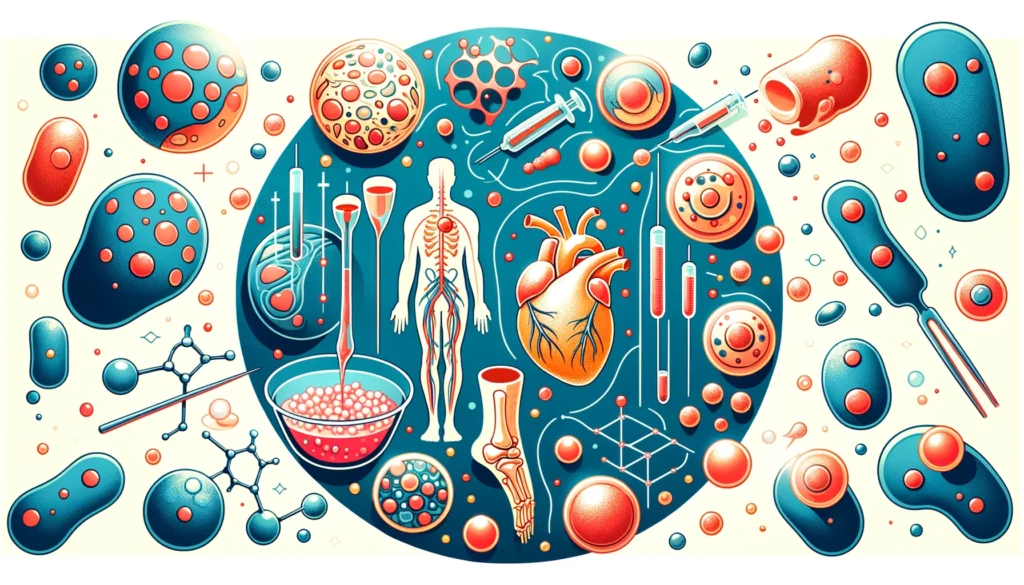
The efficacy of stem cell therapy in treating injuries hinges on the type of stem cells used. Adult stem cells, including those from bone marrow and adipose tissue, have been widely researched for their potential in regenerative medicine therapies.
These cells possess the ability to differentiate into various cell types necessary for the regeneration of muscle, tendon, cartilage, and bone tissues.
Additionally, research into the use of cord blood stem cells is expanding, with studies exploring their unique advantages in promoting healing and tissue regeneration.
Accelerating Healing and Recovery
The fundamental goal of incorporating stem cells into the treatment of injuries is to harness the body's innate repair mechanisms, enhancing the healing process and facilitating quicker recovery.
By directing stem cells to the injury site, clinicians can stimulate the body's natural healing response, promoting the regeneration of lost or damaged tissue and improving overall function.
This targeted approach not only holds the potential to accelerate recovery times but also offers the promise of more complete and effective healing, reducing the likelihood of future complications or the need for additional surgeries.
The clinical application of stem cell therapy for wound healing and injury recovery is supported by a growing body of research, demonstrating its potential to significantly impact the field of orthopedics and sports medicine.
With ongoing clinical trials and advancements in tissue engineering, the future directions of stem cell therapy are expanding, offering new hope for patients seeking alternatives to traditional treatments.
As regenerative medicine continues to evolve, the integration of stem cell therapies into clinical practice promises to transform the landscape of injury treatment, providing patients with better treatments and a faster return to optimal health.
Surgical Recovery and treating degenerative diseases
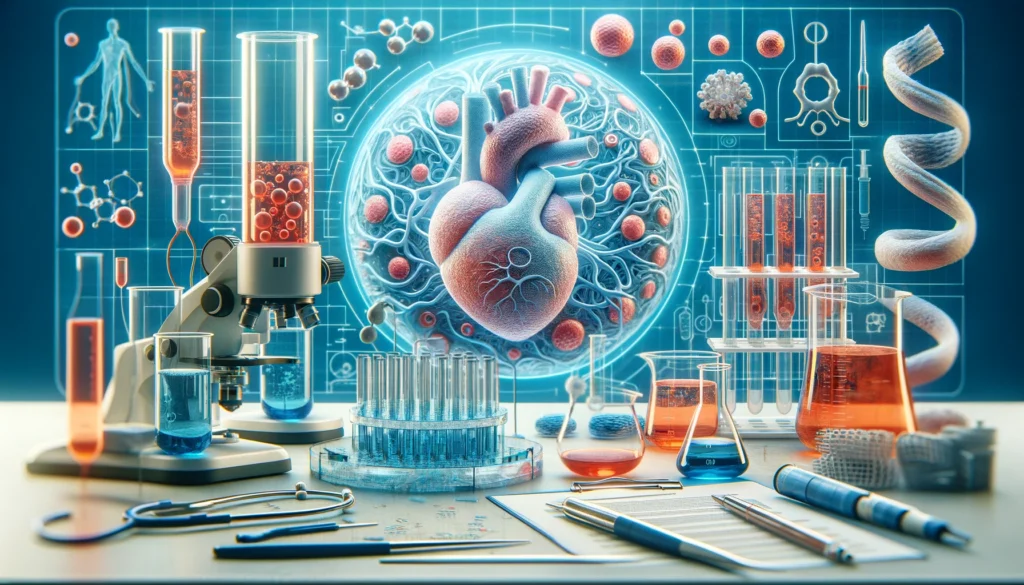
Regenerative medicine represents a significant shift in the treatment of skeletal muscle injuries and degenerative diseases.
This emerging field, through the use of stem cells, cellular therapies, and medical devices, offers promising solutions for conditions that have long been considered challenging to treat effectively.
Skeletal muscle injuries, ranging from acute strains to chronic conditions, can significantly impair function and quality of life.
Traditional treatments often focus on managing symptoms rather than addressing the underlying cause of the injury.
Regenerative medicine, however, aims to heal and regenerate lost tissue at the injury site, thereby restoring function and reducing the long-term impact of muscle damage.
One of the most promising aspects of regenerative medicine is the use of stem cells to regenerate tissues.
Stem cells, including those derived from cord blood, possess the unique ability to differentiate into various types of cells, including muscle cells.
This differentiation is crucial for repairing damaged skeletal muscle and other tissues and organs.
Research in regenerative medicine has shown that infused cells can integrate into existing muscle tissue, promoting repair and enhancing the body's healing response.
In addition to stem cells, regenerative medicine also utilizes cellular therapies to treat degenerative diseases.
These therapies can help manage and treat symptoms associated with a broad range of conditions, from muscular dystrophies to age-related muscle loss.
By targeting the affected areas with cells that can promote the formation of new blood vessels and improve blood flow, cellular therapies can rejuvenate weakened tissues and stimulate the body's natural healing mechanisms.
Medical devices play a complementary role in regenerative medicine by supporting the delivery and function of stem cells and other therapeutic agents.
Devices designed to precisely target the injury site can improve the efficacy of treatments, ensuring that the regenerative cells reach the areas where they are most needed.
The integration of these regenerative approaches offers a holistic strategy for treating skeletal muscle injuries and degenerative diseases.
By focusing on regenerating damaged tissue and improving the body's natural repair processes, regenerative medicine holds the potential to not only alleviate symptoms but also to address the root causes of these conditions.
As regenerative medicine research continues to advance, it is likely that we will see an increasing number of therapies becoming available, offering new hope to patients suffering from muscular injuries and degenerative diseases.
Dr. Abdul Baker - An Expert Neurosurgeon in Texas
Every neurosurgery has its complications; thus, a patient must choose the best neurosurgeon for himself. Dr. Abdul Baker is one of the most experienced and qualified neurosurgeons in Texas, treating patients for more than 16 years. People in Sherman, Plano, and nearby areas trust him for every kind of neurosurgery due to his surgical procedures’ 100% success rate. You may visit him if you need any consultancy or treatment regarding your brain and spine disorders.


Dr. Baker specializes in neurosurgery, neurosurgical spine surgery, neurotrauma, brain tumors, spinal tumors, and peripheral nerve damage treatment.


